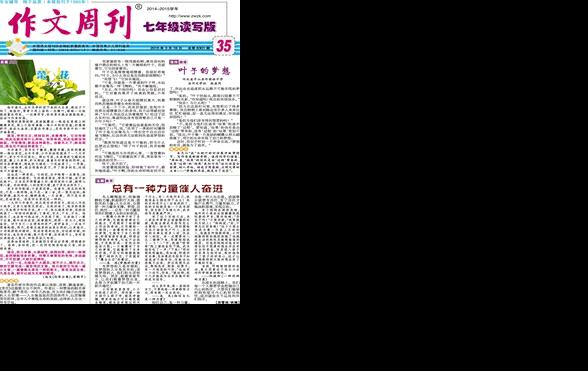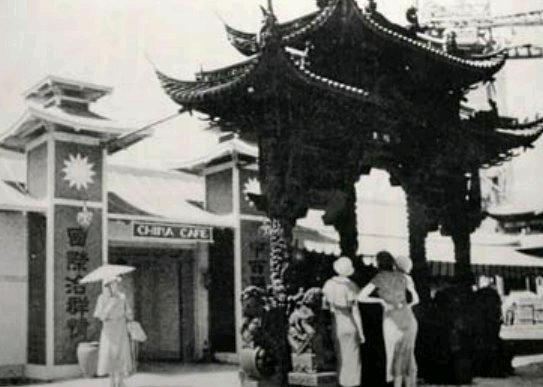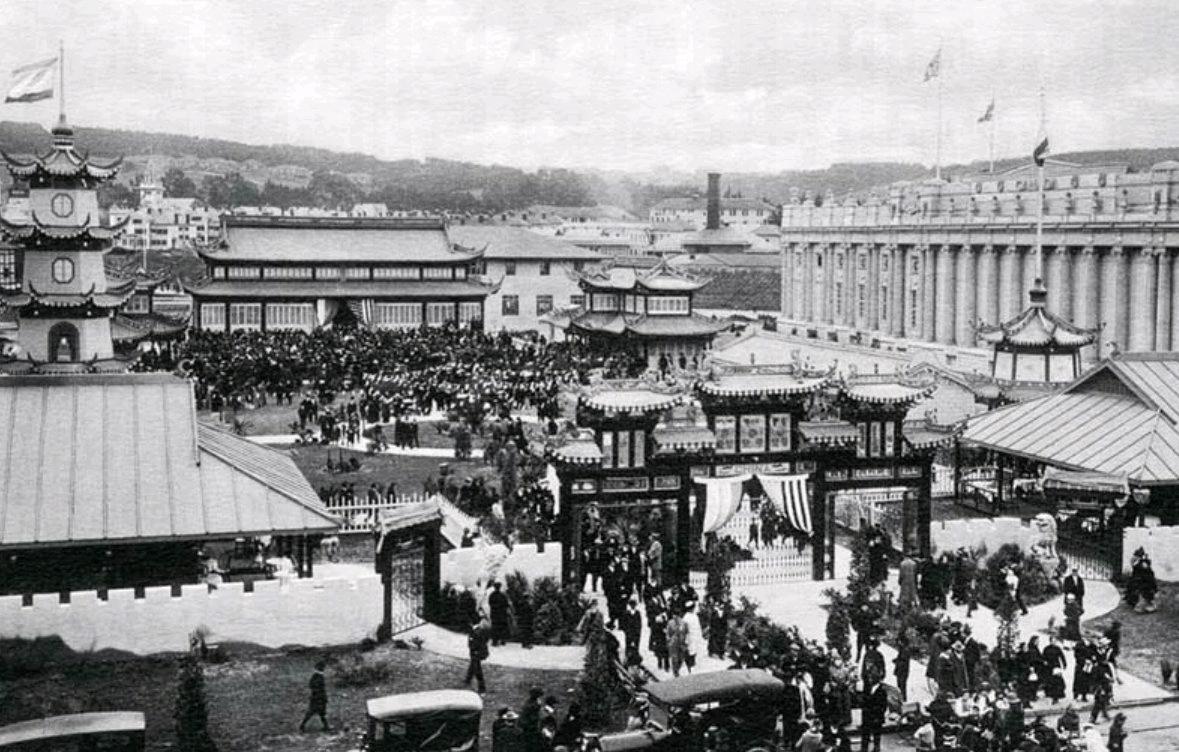China at the World Expo
2015-06-16byYuanYanan
by+Yuan+Yanan
Generally considered the first World Expo, the five- month Great Exhibition of the Works of Industry of All Nations took place in London in 1851.
Chinas products have been exhibited at World Expo since its very beginning. As the message that Britain would hold a world fair crossed the ocean to China, Xu Rongcun, a merchant in Guangdong Province, considered it a great opportunity. He shipped 12 bundles of Yung Kee Huzhou Silk to London, which won a gold medal.
In 1867, the government of the Qing Dynasty (1644-1911) was invited to participate in the Paris Expo. However, the Qing ruler dismissed the World Expo as a “gathering to show off wicked crafts.” Not until 1873 did the Qing government dispatch an official delegation to the Expo Vienna in Austria. That time, it asked Robert Hart, an Englishman who served as inspector-general of the Chinese Maritime Customs Service, to liaise Chinas participation in the event. Hart sent Edward Charles Macintosh Bowra, then deputy commissioner of Guangzhou Customs, as Chinas representative to the Expo Vienna.
The first World Exposition attended by China with its own representative was the 1876 Philadelphia World Expo. A man named Li Gui acted as representative of Chinas industry and commerce, the only Chinese citizen in the Chinese delegation. He wrote a book titled New Records of World Tour to document the 1876 Expo. Hart recorded his feelings about the Philadelphia Expo: “Due to the fact that exhibits from China were popular at the event, Chinese people began to shake off their unwillingness to attend the World Expo. Chinas every presence at the Expo made its relations with other countries in the world closer, better, and friendlier.”
For the following 31 years, the Qing government and Chinese merchants participated in several World Expos, including Paris in 1878 and 1900, New Orleans in 1885 and the 1903 Osaka World Expo. But, Hart and the Chinese Maritime Customs Service under his leadership took charge of Chinas participation in these events.
In 1905, the Qing government began to realize the importance of the World Expo and enacted 20 rules to standardize Chinese merchants attendance in international expositions and encourage merchants from around the country to carefully select products and exhibit submissions. With support from the Qing government, Chinese merchants won many prizes at the Expos.
The 1915 Panama World Expo stirred up a heat in China, and virtually every Chinese newspaper covered the event. Founded in 1912, the government of the Republic of China (1912-1949) hoped to rebuild Chinas international image through the World Expo. It sent a delegation of more than 40 to the event. More than 100,000 categories of Chinese products were displayed, a shipment of 1,500 tons in total. The China Pavilion at the Panama World Expo was modeled after the Hall of Supreme Harmony in the Forbidden City, and attracted many foreign visitors due to its strong Chinese flavor. China showcased its economic development to the world and won 1,218 medals, besting every other participating country.

The government of the Republic of China dispatched a delegation to the 1926 Philadelphia World Expo. In 1939, the Kuomintang-controlled Nanjing National Government sent a delegation to attend the New York World Expo. For 21 years afterwards, the World Expo was suspended due to World War II.
The year 1982 was the fourth year after Chinas reform and opening-up and the third after the Peoples Republic of China(PRC) and the United States established diplomatic relations. The PRC sent a delegation to the Knoxville World Expo in the United States, marking Chinas return to the World Expo. The China Pavilion at the event integrated traditional art and craft and new energy technology. However, bricks from the Great Wall and the terracotta warriors and horses unearthed from the mausoleum of the First Emperor of the Qin Dynasty (221-206 B.C.) were the talk of the expo. The China Pavilion welcomed nearly 30,000 visitors every day, one fourth of total daily visitors to the World Expo. An American newspaper commented that China built friendship with visitors with the Great Wall bricks at the 1982 World Expo.
From 1982 through 2005, China participated in 14 world fairs. The China Pavilion was cited as the “Best Foreign Pavilion” at the 1988 Brisbane World Expo, the 1992 Seville World Expo, and the 1993 Daejeon World Expo. After the 2000 Hannover World Expo, its China Pavilion was preserved as a distinctive immoveable property.
In 1993, China joined the Bureau of International Expositions(BIE), becoming its 46th member state. In 1999, Kunming, capital of Yunnan Province, hosted the International Horticultural Exposition. From May 1 to October 31, 2010, the 41st World Expo took place in Shanghai and attracted more than 73 million visitors from both China and abroad. The figure set all-time record for the World Expo.
Over the past century and a half, China has become closer and closer to the World Expo, from an onlooker to a participant to a host. In the process, the Eastern country has become more and more merged with the world.